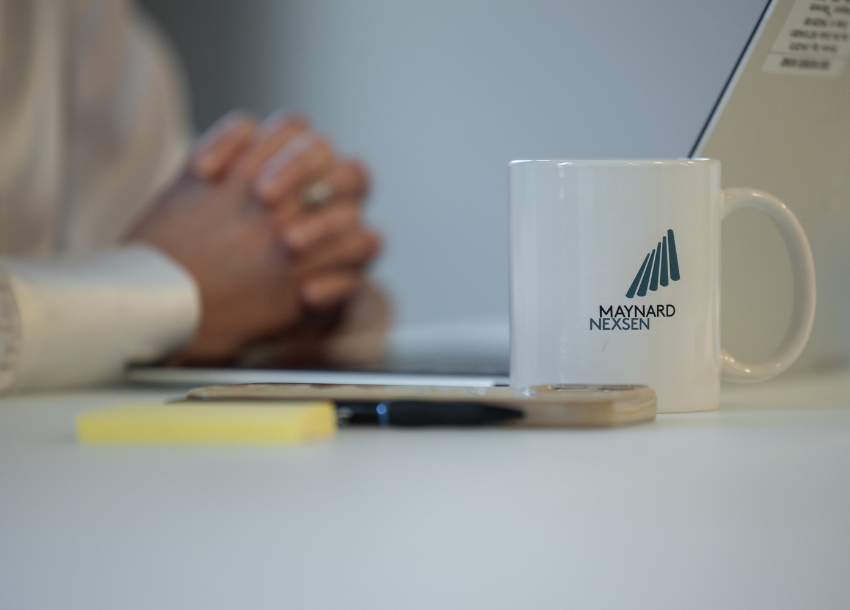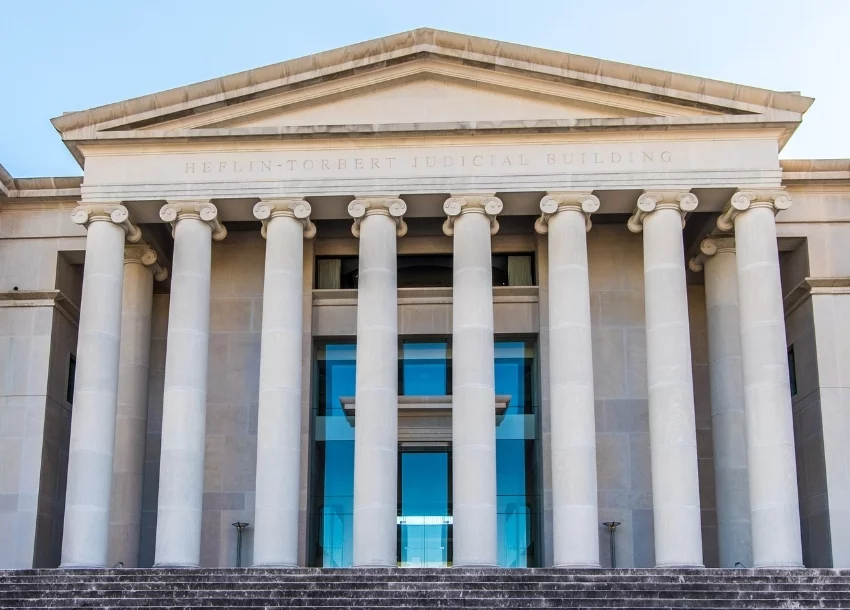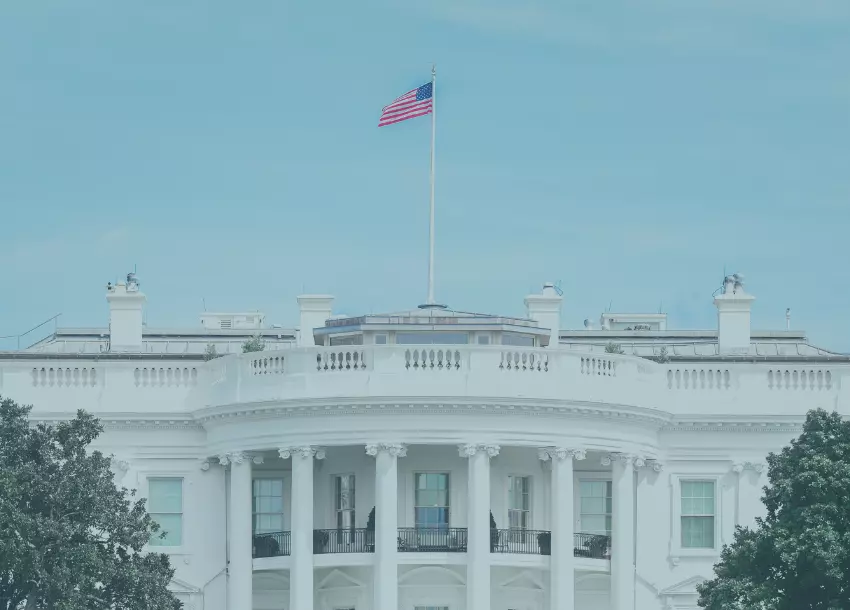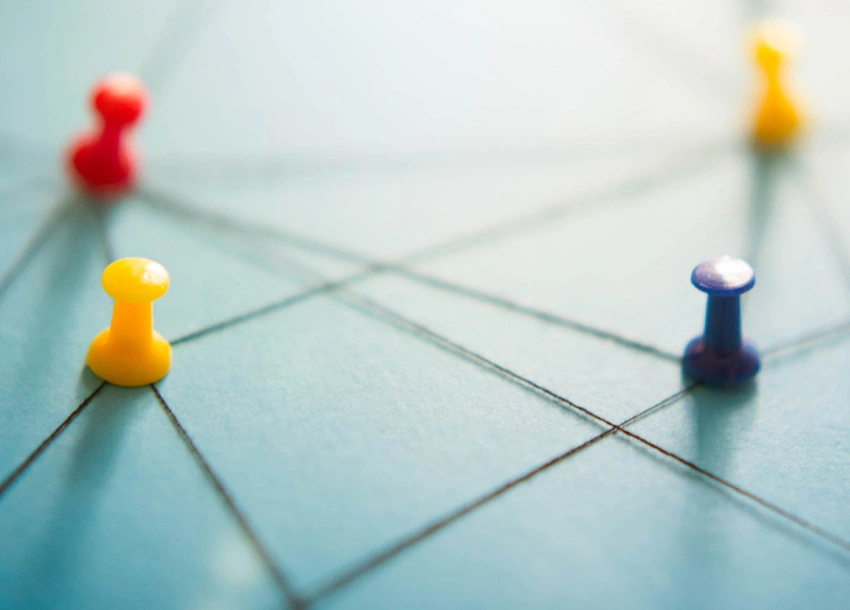Patenting Microbial Products: Pitfalls, Value, and Special Concerns
The use of microorganisms in human industry is ancient, but has increased markedly in recent years. The modern recognition of the role of microbial communities in the human body has intensified innovation in fields like fermented foods, probiotics, and postbiotics. Increasing global agricultural demand and the resulting soil depletion has renewed interest in microbial regenerative agriculture approaches. The need for carbon-neutral industry, and the dawn of the gene editing era, have accelerated developments in industrial biotechnology. As in any advancing industry, trailblazers must find ways to protect their large investments in innovation for microbial products to prevent “free riders” from simply imitating their work.
The traditional approach to protecting innovation investment is to patent the invention or maintain it as a trade secret. This is possible for some microbial products, but the fact that the innovation itself involves an organism raises special problems. This article discusses some problems with patenting microbial products, and solutions as well.
A Checkered History
American society was at first very uncomfortable with patenting living things. One of the leading Supreme Court cases forbidding patents based on their subject matter was about a microbial consortium. In Funk Brothers Seed Co. v. Kalo Inoculant Co., the inventor developed a multispecies consortium of Rhizobium that could colonize a wide variety of leguminous plants, but in which none of the species were inhibitory to the others. Before the invention, the ability of some Rhizobium species to inhibit others had prevented the use of multivalent inocula. The invention was very successful, and a rival company infringed the patent. A majority of the Supreme Court decided that the microbial consortium did not meet the definition of an “invention,” reasoning that “[the inventor] does not create state of inhibition or of noninhibition in the bacteria. Their qualities are the work of nature. Those qualities are, of course, not patentable.” The dissent pointed out that many inventions are patented involving unexpected properties from mixing known substances, even though the resulting properties of the mixture were manifestations of natural laws.
For decades the understanding was that living things could not be patented. This slowly changed in 1952 when Congress created plant patents and again in 1970 when Congress created plant variety protection certificates. Then, at the dawn of the biotech era in 1981, the Supreme Court took a more bio-positive approach in Chakrabarty v. Diamond. In that case the inventor genetically engineered a Pseudomonas strain containing two distinct hydrocarbon degradation pathways. The U.S. Patent and Trademark Office refused to allow a patent on the basis that living things cannot be patented. The Supreme Court reversed that decision, noting that the actual law allowed for patents on any “process, machine, manufacture, or composition of matter;” because organisms are composed of matter, Congress explicitly authorized patents for organisms.
Chakrabarty was a watershed moment. In the years since, the occasional patent infringer has argued unsuccessfully that patenting of living things is a sinister policy that will some day have disastrous consequences. For example, in J. E. M. Ag Supply, Inc. v. Pioneer Hi-Bred International, Inc. the infringer argued that plants are not “compositions of matter,” although bacteria are. Although the dissent (led by Justice Stephen Breyer) agreed with this argument, the majority opinion was that plants too are “compositions of matter.” As compositions of matter, plants were held to be patentable.
Although organisms can be patented like other compositions of matter now, there are still multiple special concerns for patenting organisms.
Does the Patent Teach How to Make It?
Section 112(a) of the Patent Act requires an inventor to provide enough information for the reader to make and use the invention without “undue experimentation.” This is a low bar for some kinds of inventions, like simple mechanical devices or straightforward chemical mixtures. Microbial products require the use of a living organism, and organisms are difficult to “make.” Indeed, some organisms can only be made by reproducing other organisms. Some types of biological materials can only be made using organisms (e.g., some viruses, replication defective cells, enzymes, etc.). That situation raises the question: how will the reader obtain the necessary culture or breeding stock?
The law has provided a few ways to address this hurdle. One is to deposit a sample of the organism in a recognized depository. Recognized depositories include the American Type Culture Collection, the Agricultural Research Service Culture Collection, the Provasoli-Guillard National Center for Marine Algae and Microbiota, the DSMZ-German Collection of Microorganisms and Cell Cultures, and the Japan Patent Microorganisms Depositary. There are several others throughout the world. A deposited sample will be stored; once patented, it will be distributed to those who request it. Thus, the public is able to make and use the organism because it is publicly available.
A more difficult approach is to describe the environment from which the organism was isolated, and the procedure followed to isolate it. This approach has gotten mixed results in practice.
There is a separate challenge to making an enabling disclosure: providing enough description of how to make and use the organism to grant sufficiently broad patent protection. For example, if an inventor includes data showing that a new plasmid permits one species of gram-positive bacteria to metabolize benzene, how certain is it that it will have the same effect in another species of gram-positive bacteria? Gram-negative bacteria? Archaea? Yeast? The courts and the Patent Office can be very skeptical of the applicability of a biotechnological approach between organisms. For this given example, one solution would be to provide data for a wide diversity of organisms. Another solution would be to claim the plasmid itself, instead of an organism containing the plasmid.
Perhaps the most difficult enablement situation arises when an organism has a useful property or activity, but the biological basis of the property or activity is not known. A patent may be earned even if the mechanism of action of an invention is unknown; but again, the scope will be narrow. One common approach is claiming only the use of strains or other substances that have been empirically verified. Another is by defining the product to be protected by the method of its making. These approaches have the drawback of informing the public of what is essentially incomplete research, allowing competitors to build on the inventor’s initial work without infringing the patent.
Some Subject Matter is Banned From Patenting
The Patent Act specifically authorizes patents for any “process, machine, manufacture, or composition of matter,” but the U.S. Supreme Court has decreed that patents should be banned for several types of process, machine, manufacture, or composition of matter. The Court decided in 2012 that a previously unknown natural substance is banned from patenting, even if made useful for the first time by the inventor. In Association for Molecular Pathology v. Myriad Genetics, Inc. the Court considered whether a diagnostic company could patent the isolated form of a DNA polynucleotide that was found in its non-isolated form as part of human chromosomes. The Court found that, although the invention was new, patenting it should be banned. The Court cited the Funk Brothers case from the 1940s for the position that an “invention” must change the properties and uses of something natural in order to be patented. This was a break from many decades (perhaps centuries) of previous practice, during which patents were allowed for a newly discovered substance once isolated from its natural environment, even if the substance had existed unknown in nature. For example, in 1945 the cure for tuberculosis was patented, which was a naturally occurring chemical in soil microorganisms. Claim 13 of that patent was a single word: “Streptomycin.”
Thus, a newly discovered strain of microorganism by itself is not patentable in the United States. As illustrated by the Funk Brothers case, even a newly created mixture of natural substances may be kiboshed by the courts. However, there are ways to protect the inventive applications of such natural things. For example, if a natural strain is found to ferment sucrose to acetate, it could be claimed as: (1) a method of making acetate, (2) a method of culturing the strain under acetogenic conditions, and (3) a preparation of the strain in an unnatural medium. An another example, the discovery of a natural commensal microorganism can be claimed as (1) a method of probiotic therapy, (2) a probiotic composition including the microorganism and a carrier suitable for administration, and (3) a method of propagating the microorganism. Of course, if the strain or other natural substance is significantly modified from its natural state, the ban does not apply. The imaginative drafter can often develop claims that can be tailored to each aspect of the invention, without simply claiming the natural organism itself.
Is the Patent Worth It?
Patenting is a lengthy process that costs tens of thousands of dollars to complete. Once the patent is granted, the burden is on the owner to enforce it. As noted above, one of the requirements for a patent is to make a full disclosure of the invention. Often one must even submit a culture to a public repository. That enables competitors to imitate the invention. Although the patent can be enforced to stop outright imitation, patent litigation is expensive, and a dedicated imitator will attempt to use the invention while skirting the language in the patent. With so many costs, why patent?
Many microbially-based products can be protected as trade secrets. This is particularly true when the product is only accessible to the party that owns it. For example, a strain of bacteria capable of acetate fermentation could be used exclusively in the owner’s plant and measures could be taken to protect its confidentiality. The acetate would be released into the stream of commerce, but it would not be possible to reverse-engineer the strain from the acetate, which is a commodity. Maintaining a trade secret does not require the drafting of a patent application, does not require the public release of the owner’s research, has no filing fees, does not require government approval, has no maintenance fees, and never expires.
On the other hand, the advantages of a patent are that it does not depend on the maintenance of secrecy and it is enforceable against another party who independently invented the same thing.
Trade secrecy is widely used in microbial products, but it has its limits. Different countries have differing laws when it comes to protecting trade secrets, and most countries have weaker trade secrecy laws than the United States. Relying on trade secrecy could limit the value in foreign markets. A product that requires governmental approval is usually a poor candidate for trade secrecy. The government will request information about the product to inform its decision, and in many cases that information will become a matter of public record. Biologic therapies are one example of a regulated product that requires public disclosure. Under such circumstances trade secrecy has little value. However, in lightly regulated industries, it may be an excellent alternative to patenting.
Summing Up
For any technology, innovation requires more work than does imitation. Intellectual property is one of the only tools an innovator has to level the playing field against imitators. Microbial products are no different from any other product in this regard. However, they are subject to some different rules when it comes to patenting. The rules do not amount to an outright ban on patenting microbial products, but their vagueness and complexity translate to increased cost and potential delay. Patents for microbial products must be drafted more carefully than for most products and are more likely to be rejected as non-enabled or as banned subject matter. All of this should be taken into account when developing a business plan based on a microbial product.
About Maynard Nexsen
Maynard Nexsen is a full-service law firm of 600+ attorneys in 31 locations from coast to coast across the United States. Maynard Nexsen formed in 2023 when two successful, client-centered firms combined to form a powerful national team. Maynard Nexsen’s list of clients spans a wide range of industry sectors and includes both public and private companies.








